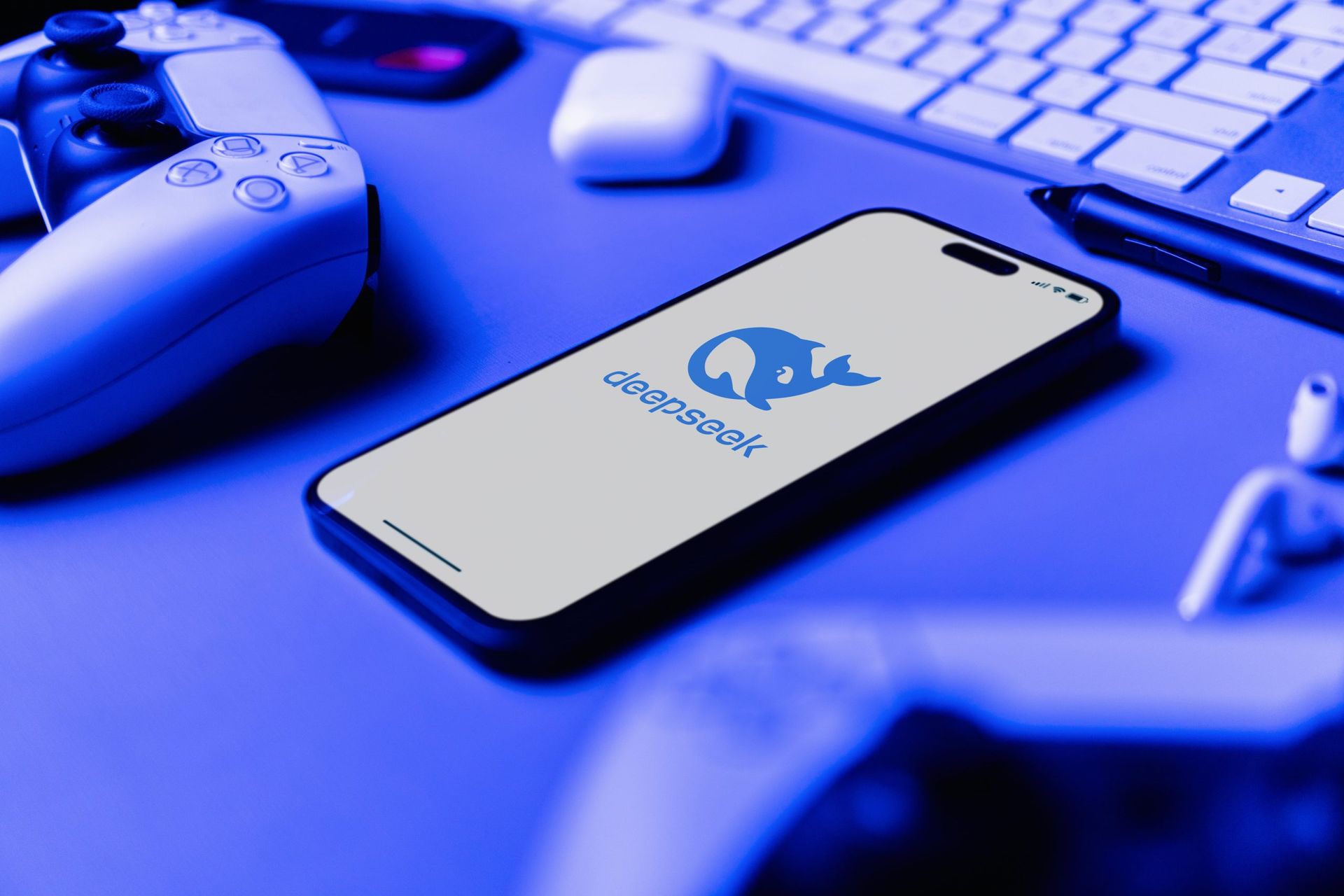One of the biggest tech developments of the year is the launch of DeepSeek, an AI chatbot developed by the Chinese company of the same name. While both DeepSeek and ChatGPT are AI models designed to help with natural language processing tasks, there are some key differences that may make DeepSeek stand out in certain areas, especially those applied to the world of communication:
DeepSeek’s training and approach
DeepSeek seems to excel in industry-specific applications like finance, healthcare, and customer service. Its specialized training data enables more precise and relevant responses in these fields, whereas ChatGPT, with its broader scope, may lack depth in specialised tasks.
Customisation is another key advantage of DeepSeek. As an open-source model, it allows companies to develop their own versions tailored to specific needs – an area where the more generalist ChatGPT falls short. Another major advantage for businesses is cost – DeepSeek is significantly cheaper than ChatGPT, making it an attractive option for corporate adoption.
Communication is better adapted in DeepSeek
In the communication sector, DeepSeek has two notable advantages over ChatGPT. First, DeepSeek updates in near real-time, whereas ChatGPT still struggles with gaps in recent data. Second, DeepSeek may perform better with specific languages or regional dialects, particularly if tailored for a specific market.
Ultimately, the choice between DeepSeek and ChatGPT depends on the specific needs of an organisation. If you need a general-purpose AI for a wide range of tasks, ChatGPT might be the best choice. However, if you need a highly specialised solution for a particular industry or use case, DeepSeek might offer more relevant advantages.
Artificial Intelligence applications in communication
At the latest Davos Forum, global CEOs affirmed that generative AI is already making a tangible impact on their businesses. More than half (56%) have recorded improvements in the efficiency of their employees’ working time in the last twelve months and one in three (32%) an increase in revenue.
In the communications industry, AI adoption is gradual and sometimes experimental, but it’s gaining momentum. The impact of Artificial Intelligence – responsible for applications such as DeepSeek, ChatGPT, GitHub Copilot or Stable Diffusion – alone could automate almost 10 percent of the economy’s tasks, according to various studies, and it is estimated that 75 percent of its value is concentrated in four areas: customer operations, marketing and sales, software engineering, and R&D.
Marketing is one of the areas with the greatest interest in AI
Undoubtedly, generative AI will help us to manage more and better the huge volume of information we handle in all areas, especially in communication and marketing. For example, it will help professionals to generate texts in a much faster, even automated, way. Currently, over 75% of journalists in 105 newsrooms across 46 countries use AI for content collection, production, and distribution, according to JournalismAI, a project by the London School of Economics (LSE) and Google News Initiative.
This technology will free many professionals to devote themselves to other tasks and new challenges in the field of communication and journalism. Thus, the work of communicators and journalists will change from mere transmitters of information to researchers and information ‘testers’.
22% of employees in Spain already use artificial intelligence
The areas of marketing and communication are being greatly affected by this technology. According to Salesforce, 22% of employees in Spain already use AI in their work. Writers, creatives, lawyers, consultants… AI will reshape how we work, impacting various roles across industries. In most cases, it will change the way we spend our time.
But there is no need to go to the future, artificial intelligence is already present in the work of agency professionals. At APPLE TREE we have been applying this technology for years, not only for content generation, but also for research and analysis or the creative process.
APPLE TREE applies artificial intelligence throughout the entire value chain
One of the most significant benefits of generative AI – already evident – is its ability to amplify creative potential. At APPLE TREE we have already relied on this technology for some campaigns. However, in our experience handling the DeepSeek, ChatGPTs, and Claudes of the moment, we have realised that there is still a long way to go for these technologies to generate original ideas on their own.
Copywriters and strategic planners will remain essential to maximise AI’s potential and prevent mass replication of campaigns. But the advent of artificial intelligence is leading us to rethink our professions and will force us to reskilling, upskilling, and support to encourage workers to acquire the skills that will allow them to re-enter other occupations that are growing in our economy.
Dangers of the use of artificial intelligence in communication
AI in communication raises ongoing debates, particularly regarding AI-generated content in media. Today, we are already seeing a malicious use of this technology, as in hoaxes or the famous deep fakes. A recent study by APPLE TREE warned that 59.6% of social network users in Spain consider that the greatest danger in the use of artificial intelligence is identity theft and deep fakes. However, other content generated by artificial intelligence, such as virtual influencers or the loss of creativity, only concern 12.2% and 14.36% of those interviewed, respectively.
Undoubtedly, the arrival of a new technology always fuels the feeling of anxiety about a new technological challenge. Continuous learning and upskilling are crucial to navigating these challenges. At APPLE TREE we have different working groups specialised in the research and application of artificial intelligence in our work. When we believe that an application or tool can help the rest of the colleagues, we do training and share the knowledge internally. Making technology accessible is the biggest challenge – making training essential.
In general, since we have started to apply this type of technology we have seen how some processes, such as research or proposal development, have been shortened thanks to the reduction of time. But where the impact of this technology is having more weight is in the expansion of our creative capacity, as it opens new ways of exploration and thinking that help us to create and develop new ideas and products.
In the case of conversation and language analysis tools, at APPLE TREE we use the latest technology to monitor and analyse conversations and information about brands and companies in real time, which allows us to make business decisions in real time and manage the reputation of companies before crises occur.
Our digital department has long incorporated technologies such as Natural Language Processing (NLP) or Pattern Recognition to analyse conversations and data in social networks and web 3.0. In our creative department we have also included a suite of technological tools based on generative artificial intelligence that helps us throughout the creative process.
But where the impact of this technology is showing the greatest development is in the first stage of the advertising creative process. The use of AI during brief analysis, research, insight, ideation, or planning is already a reality in the work of agencies. This technology allows us to create outputs, develop sketches, or write copy that is much more accurate and realistic; and at the same time, it forces us to develop much more strategic thinking and to anticipate the impact that our campaigns should have on the target. So, the real potential of this technology lies in figuring out how we can help improve the professions and free up time that can then be reused in other more strategic and valuable functions.


